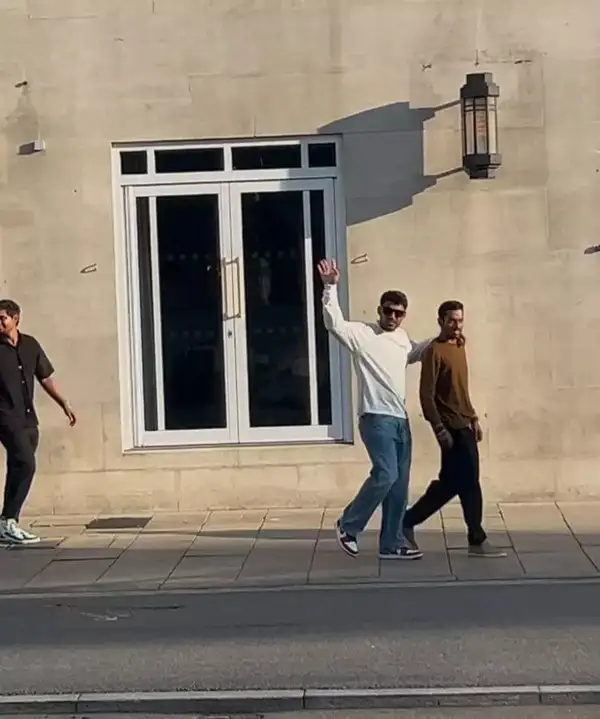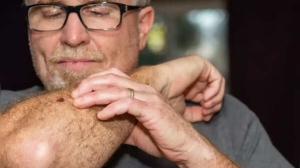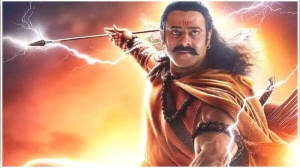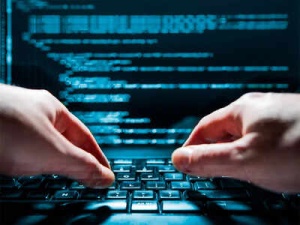Indian cricketer Suryakumar Yadav recently underwent surgery in Europe to address a sports hernia. The 34-year-old announced the procedure on his Instagram, stating, "Life Update: Underwent surgery for a sports hernia in the lower right abdomen. Grateful to share that after a smooth surgery, I’m already on the road to recovery. Can’t wait to be back." But what exactly is a sports hernia, and how does it differ from a regular hernia? Let's delve into the details.
A sports hernia, also known as athletic pubalgia, is a painful injury affecting the soft tissues in the lower abdomen or groin area. Unlike a traditional hernia, a sports hernia doesn't present as a visible bulge. Instead, it involves a tear or strain of muscles, tendons, or ligaments in the groin region, leading to persistent pain that intensifies with sudden movements.
Athletes who engage in sports that require sudden changes in direction, twisting motions, or intense forceful movements are particularly susceptible to sports hernias. Suryakumar Yadav, with his dynamic batting style and fielding agility, falls into this category.
Unlike an inguinal hernia, where an organ or tissue protrudes through a weakened muscle wall, a sports hernia involves a tear or weakness in the muscles or tendons without any visible protrusion. This characteristic often makes diagnosis challenging.
The primary symptom of a sports hernia is pain in the groin or lower abdomen. This pain can manifest abruptly at the time of injury or develop gradually over time due to repetitive movements. Key symptoms include:

The absence of a visible bulge and the diffuse nature of the pain can make it difficult to pinpoint the exact location of the injury. Stiffness and soreness after physical activity are also common, hindering athletic performance.
Sports hernias typically result from repetitive movements that strain the muscles and tendons in the lower abdomen and groin. The injury occurs when these soft tissues are stretched or torn due to sudden twisting of the pelvis.
Common causes include:
Treatment for a sports hernia varies depending on the severity of the injury. Available options include:
Avoiding activities that exacerbate the pain, particularly twisting and sudden movements, is crucial for allowing the tissues to heal. This period of rest may be extensive.

A structured rehabilitation program focuses on strengthening the abdominal and hip muscles, improving flexibility, and addressing muscle imbalances. Physical therapy is often the initial approach.
Nonsteroidal anti-inflammatory drugs (NSAIDs) can help alleviate pain and reduce inflammation, although they do not address the underlying issue.
If symptoms persist despite conservative treatment, surgery may be necessary to repair the torn tissues. Surgical options include repairing or reinforcing the damaged tendons and muscles around the pubic bone. Surgery typically leads to a successful recovery and a gradual return to sports.
Newer articles
 Team India Settles in Birmingham: Rahul's Mattress, Coaches' Strolls, and the Enduring Coffee Ritual
Team India Settles in Birmingham: Rahul's Mattress, Coaches' Strolls, and the Enduring Coffee Ritual
 Android Users Urged to Patch Devices Immediately Following Critical Security Flaws Alert
Android Users Urged to Patch Devices Immediately Following Critical Security Flaws Alert
 Ashada Gupt Navratri 2025: Dates, Auspicious Timings, and Esoteric Significance Explained
Ashada Gupt Navratri 2025: Dates, Auspicious Timings, and Esoteric Significance Explained
 JPG to PDF: A Graphic Designer's Guide to Conversion & Best Practices
JPG to PDF: A Graphic Designer's Guide to Conversion & Best Practices
 Skin Cancer Alert: How to Identify Suspicious Moles and Early Warning Signs
Skin Cancer Alert: How to Identify Suspicious Moles and Early Warning Signs
 IRCTC's AskDisha 2.0: AI Chatbot Streamlines Train Ticket Booking, Refunds, and Travel Information
IRCTC's AskDisha 2.0: AI Chatbot Streamlines Train Ticket Booking, Refunds, and Travel Information
 The stat that could swing every NBA team's 2025-26 season
The stat that could swing every NBA team's 2025-26 season
 Bollywood's Mythological Muse: How Indian Epics Inspire Cinematic Storytelling
Bollywood's Mythological Muse: How Indian Epics Inspire Cinematic Storytelling
 Bollywood Flashback: Jackie Shroff Accused of Untoward Advance on Young Tabu at Danny Denzongpa's Party
Bollywood Flashback: Jackie Shroff Accused of Untoward Advance on Young Tabu at Danny Denzongpa's Party
 Popular Finance YouTuber's Account Hacked: Bitcoin Scam Alert and Security Tips
Popular Finance YouTuber's Account Hacked: Bitcoin Scam Alert and Security Tips